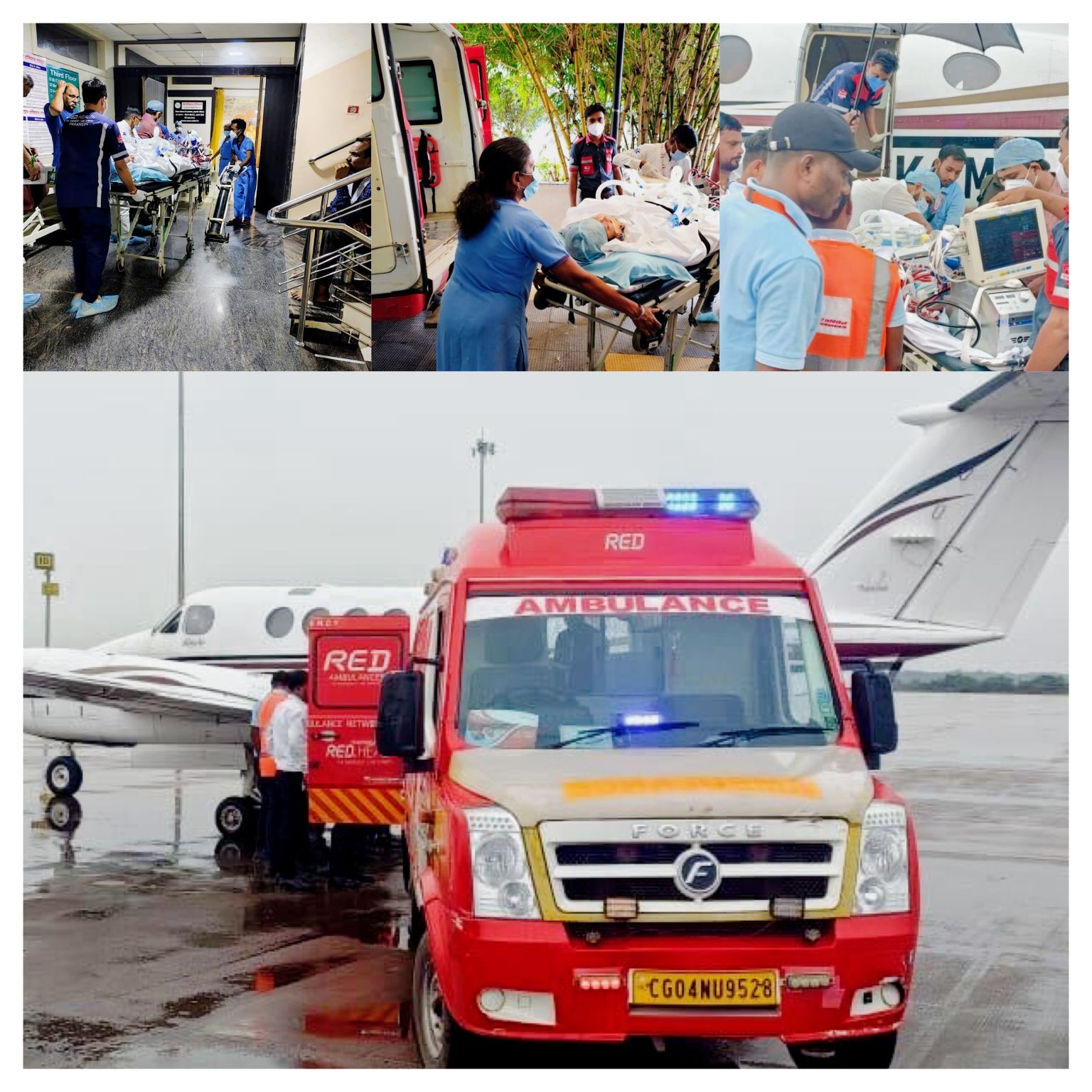The Importance of Temperature-Controlled Air Cargo for Transporting Medical Supplies
In today’s globalized healthcare system, transporting medical supplies efficiently and safely across vast distances is critical. From vaccines to life-saving medications, many of these supplies require strict temperature control during transit to maintain their efficacy. The role of temperature-controlled air cargo has become increasingly important, especially when it comes to ensuring that medical supplies reach their destination in optimal condition. When you add commercial stretcher services into the equation, the landscape of medical transport becomes even more complex and essential for safeguarding public health.
Why Temperature Control Matters in Medical Supply Transport
Temperature-sensitive medical supplies, such as blood products, vaccines, and specific types of medications, are highly susceptible to changes in temperature. Even minor deviations from the recommended storage temperature can lead to the degradation of these products, rendering them ineffective or even harmful.
Vaccines, for example, must be kept within a very narrow temperature range, usually between 2°C and 8°C, to ensure their potency. If a vaccine is exposed to temperatures outside this range, it can lose its effectiveness, which poses a significant risk to patients who rely on it. In the case of temperature-controlled air cargo, advanced technologies like refrigerated containers and active temperature monitoring ensure that these medical supplies are kept in optimal conditions throughout their journey.
The Role of Air Cargo in Medical Logistics
Air cargo plays a pivotal role in the global distribution of medical supplies, especially during emergencies. Time-sensitive deliveries require the speed and efficiency that air transport offers, especially for perishable medical goods. For countries with limited access to specific medications or during times of crisis, air cargo can be the difference between life and death.
However, simply delivering medical supplies quickly is not enough. Ensuring that they are transported under the right conditions is paramount. Temperature-controlled air cargo systems are designed to maintain the correct environment throughout the entire supply chain—from departure to arrival—making it the ideal solution for medical logistics.
Commercial Stretcher Services and Medical Air Transport
While temperature control is critical for medical supplies, patient transport via air is equally important for urgent medical needs. Commercial stretcher services provide a lifeline for patients requiring specialized care while in transit, especially for long-distance or international flights. In emergency situations where a patient must be transported via air, commercial stretchers ensure comfort and medical support throughout the flight, often involving medical professionals and necessary equipment.
These services play a crucial role in cases of medical evacuation, patient transfers between hospitals, or transporting individuals who require immediate medical attention. The combination of commercial stretcher services with temperature-controlled air cargo solutions makes for a comprehensive medical transport system that caters to both patient and medical supply needs.
Challenges in Air Cargo for Medical Supplies
Transporting medical supplies via air comes with its own set of challenges. Temperature variations during loading, unloading, or while sitting on the tarmac can compromise the integrity of the supplies. There are also logistical concerns such as ensuring the correct handling of medical goods by trained personnel, complying with regulatory requirements, and integrating these processes with commercial stretcher services when necessary.
To mitigate these risks, air cargo companies have implemented several innovations, including:
- Real-Time Monitoring Systems: These track temperature, humidity, and other conditions inside the cargo hold to ensure that the medical supplies remain within the designated parameters.
- Specialized Packaging: Insulated containers and dry ice can help maintain appropriate temperatures during transport.
- Collaborative Efforts: Airlines and medical suppliers often work together to ensure seamless delivery from the point of origin to the destination.
The Future of Air Cargo in Medical Transport
As global demand for temperature-sensitive medical products continues to grow, so too will the need for advanced air cargo solutions. Innovations in temperature control, such as active containers equipped with self-regulating cooling systems, will likely become more prevalent. Additionally, there will be a growing emphasis on integrating patient transport services, such as commercial stretchers, with the broader air cargo network to ensure that patients and their medical supplies arrive safely and efficiently.
Conclusion: The Role of RED.health
At the intersection of patient care and medical logistics is the need for both reliable commercial stretcher services and temperature-controlled air cargo. Companies like RED.health are working tirelessly to bridge this gap, ensuring that patients receive timely and safe transport alongside the secure delivery of life-saving medical supplies. As the demand for global medical logistics grows, RED.health’s innovative approach to integrating air cargo and patient care is poised to play a vital role in the future of healthcare transportation.














Post Comment